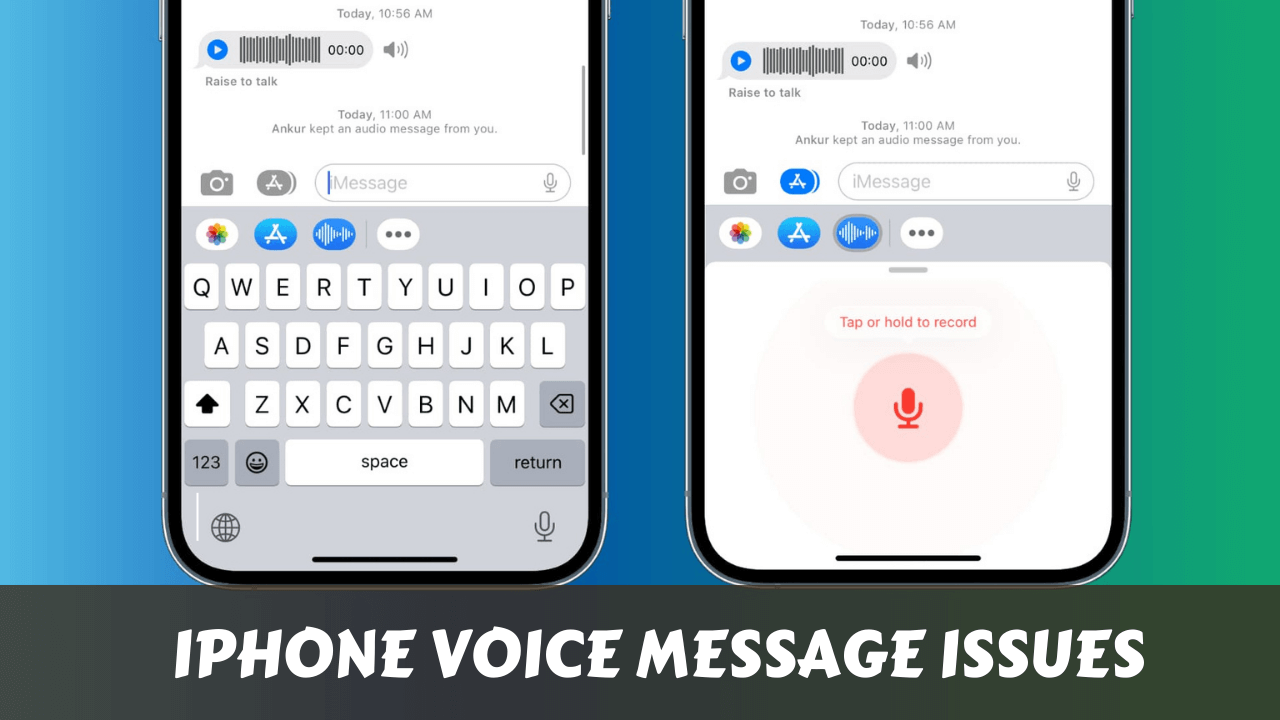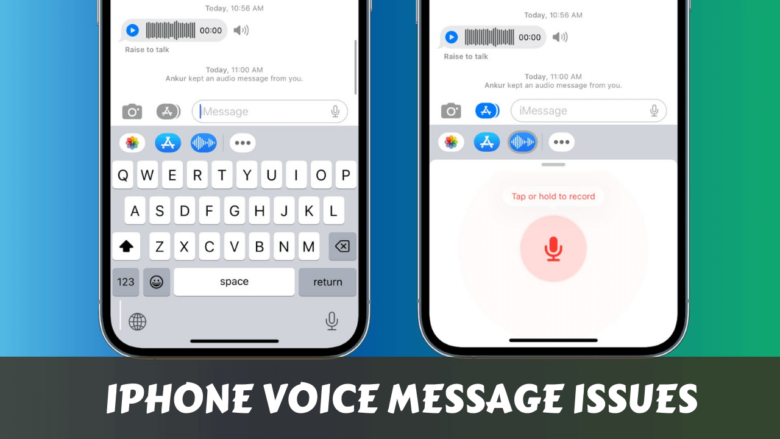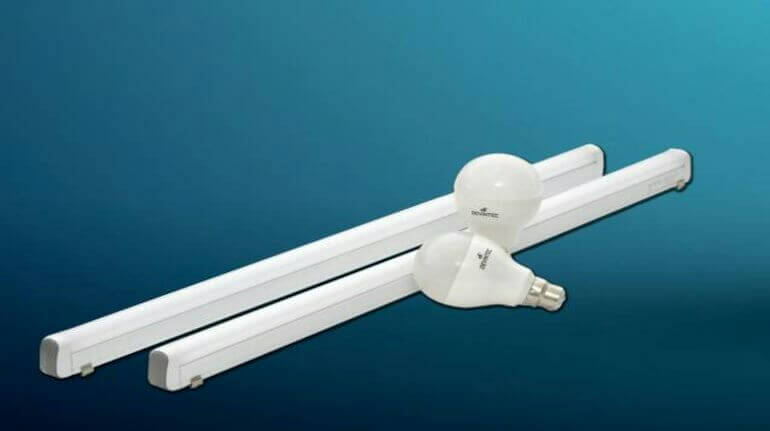You’re sitting there staring at your credit card statements.
- Why People Mess This Up (And How You Won’t)
- The Smart Way to Transfer Credit Card Debt
- Step 1: Check Your Credit Score First
- Step 2: Find the Right Balance Transfer Card
- Step 3: Apply Smart (Don’t Spray and Pray)
- Step 4: Transfer Like a Pro
- 💖 You Might Also Like
- The Credit Score Protection Strategy
- Keep Your Credit Utilization Low
- Don’t Close Old Cards
- Make Payments On Time (Every Time)
- Real Talk: What Actually Hurts Your Credit
- My Step-by-Step Debt Transfer Timeline
- ✨ More Stories for You
- Common Questions (Because I Know You’re Wondering)
- Will a balance transfer hurt my credit score?
- How many cards should I transfer to?
- Should I close cards after transferring?
- What if I can’t qualify for a 0% card?
- How long do I have to pay off transferred debt?
- The Biggest Mistake I See People Make
- The Real Secret
- Your Action Plan (Start Today)
- 🌟 Don't Miss These Posts
- Internal Links to Explore
- Final Thoughts
The numbers are scary.
And you’re wondering if transferring that debt will tank your credit score even more.
Here’s the truth: transferring credit card debt doesn’t have to hurt your credit score if you do it right.
I’m going to show you exactly how.
Why People Mess This Up (And How You Won’t)
Most people think any move with their debt is going to hurt their credit.
That’s not true.
The problem happens when they make these mistakes:
- They close old cards after transferring
- They max out the new card immediately
- They apply for too many cards at once
- They miss payments during the transfer
Avoid these four things and you’re already ahead of 90% of people.
The Smart Way to Transfer Credit Card Debt
Step 1: Check Your Credit Score First
Before you do anything, know where you stand.
You can’t fix what you don’t measure.
Use Credit Karma or your bank’s free credit monitoring.
If your score is below 650, focus on paying down existing debt first.
If it’s above 650, you’ve got options.
Step 2: Find the Right Balance Transfer Card
Not all balance transfer cards are created equal.
Here’s what you want:
- 0% intro APR for at least 12 months (18-21 months is better)
- Low or no transfer fee (3% is standard, but some cards waive it)
- Credit limit high enough for your debt
- No annual fee (why pay extra?)
Pro tip: Call the credit card company directly.
They often have better deals than what’s advertised online.
Step 3: Apply Smart (Don’t Spray and Pray)
This is where most people screw up.
They apply for 5 cards hoping one approves them.
Bad move.
Each application is a hard inquiry on your credit.
Too many = lower score.
Instead:
- Pick your top 2 cards
- Apply for the best one first
- Wait for approval or denial
- If denied, wait 30 days before applying for the second
Step 4: Transfer Like a Pro
Once approved, here’s your game plan:
Do this:
- Transfer only what you can pay off during the intro period
- Keep old cards open (even if you don’t use them)
- Set up autopay for the minimum payment
- Pay more than the minimum every month
Don’t do this:
- Transfer more than 80% of the new card’s limit
- Close old cards immediately
- Use the old cards for new purchases
- Miss any payments (this kills the 0% rate)
💖 You Might Also Like
The Credit Score Protection Strategy
Here’s how to actually improve your credit while transferring debt:
Keep Your Credit Utilization Low
This is 30% of your credit score.
You want to use less than 30% of your available credit.
Even better if you can keep it under 10%.
Example:
- Old card: $5,000 limit with $4,000 debt (80% utilization = bad)
- New card: $10,000 limit with $4,000 transferred debt (40% utilization = better)
- Combined: $15,000 total limit with $4,000 debt (27% utilization = good)
Don’t Close Old Cards
I know it’s tempting.
“I transferred the debt, so I don’t need this card anymore.”
Wrong.
Closing cards hurts your credit in two ways:
- Reduces your total available credit
- Shortens your average account age
Keep them open.
Put a small recurring charge on each one (like Netflix).
Set up autopay.
Forget about them.
Make Payments On Time (Every Time)
Payment history is 35% of your credit score.
One late payment can drop your score by 60-100 points.
Set up autopay for at least the minimum.
Better yet, pay twice a month to keep balances low.
Real Talk: What Actually Hurts Your Credit
Let me be straight with you about what really damages your credit score:
This hurts:
- Missing payments
- Maxing out cards
- Closing old accounts
- Applying for too much credit too fast
This doesn’t hurt (much):
- Balance transfers done right
- Having multiple cards (if managed well)
- Using credit regularly and paying it off
The hard inquiry from applying for a new card?
That’s maybe 5-10 points for a few months.
Missing a payment?
That’s 60-100 points for years.
See the difference?
My Step-by-Step Debt Transfer Timeline
Week 1:
- Check your credit score
- Calculate total debt to transfer
- Research 2-3 balance transfer cards
Week 2:
- Apply for your top choice card
- Gather all current card statements
- Set up a debt payoff plan
Week 3-4:
- Wait for approval and card arrival
- Initiate balance transfers
- Set up autopay on new card
Month 2:
- Confirm transfers completed
- Set up small charges on old cards
- Start aggressive payoff plan
Months 3-18:
- Pay more than minimum every month
- Monitor credit score monthly
- Avoid new debt like the plague
✨ More Stories for You
Common Questions (Because I Know You’re Wondering)
Will a balance transfer hurt my credit score?
The application will cause a small, temporary dip (5-10 points).
But if done right, your score should improve within 1-2 months due to lower utilization.
How many cards should I transfer to?
Ideally one.
Maybe two if your debt is massive and no single card will approve you for the full amount.
More than that and you’re making things too complicated.
Should I close cards after transferring?
No.
Keep them open to maintain your available credit and account history.
Just don’t use them for new purchases.
What if I can’t qualify for a 0% card?
Look into personal loans.
The interest might be lower than your current cards.
Or consider a secured credit card to rebuild your credit first.
How long do I have to pay off transferred debt?
Most intro 0% periods last 12-21 months.
After that, the rate jumps to the regular APR (usually 15-25%).
Plan to pay it off during the intro period.
The Biggest Mistake I See People Make
They treat the balance transfer like a magic solution.
It’s not.
It’s a tool.
A really good tool if used right.
But if you don’t change your spending habits, you’ll just end up with more debt.
I’ve seen people transfer $10,000 in debt to a new card.
Then rack up another $5,000 on their old cards.
Now they have $15,000 in debt instead of $10,000.
Don’t be that person.
The Real Secret
The real secret to transferring credit card debt without hurting your credit score isn’t some fancy trick.
It’s discipline.
Pay your bills on time.
Don’t spend money you don’t have.
Keep old accounts open.
Use credit responsibly.
Do these things and your credit score will thank you.
Your Action Plan (Start Today)
- Check your credit score right now
- Add up all your credit card debt
- Research balance transfer cards (start with your current bank)
- Apply for one card (just one!)
- Create a payoff plan that gets you debt-free during the intro period
🌟 Don't Miss These Posts
Internal Links to Explore
- Credit utilization strategies for faster score improvement
- Best balance transfer cards for 2025
- How to negotiate with credit card companies
- Debt consolidation vs balance transfers: Which is better?
- Emergency fund basics while paying off debt
Final Thoughts
Transferring credit card debt without hurting your credit score is totally doable.
You just need to be smart about it.
Follow this plan.
Stay disciplined.
And in 12-18 months, you’ll have less debt and a better credit score.
That’s a win-win in my book.




















